Deo Ngang is a historical pass, imbued with nostalgia, and has been marked by many literati and writers with masterpieces of poetry that will last forever.
Although time has passed, now, Ngang Pass is still a famous scenic spot, attracting many tourists, especially young people, to sightsee and stroll on the top of Hoanh Son in the feeling of finding nostalgia.
On the Ngang Pass, Quang Binh province is focusing on building it into a destination with bold spiritual tourism combined with unique beach resorts.
Walking on the top of Hoanh Son
One day in late September, the golden autumn sun spread across the roads. Thanh Minh, who lives in Dong Hoi city, and a group of friends decided to go on a trip to the top of Ngang Pass. Minh texted me to invite me to go with him. From Dong Hoi city, follow National Highway 1A north for about 80 km to Ngang Pass.
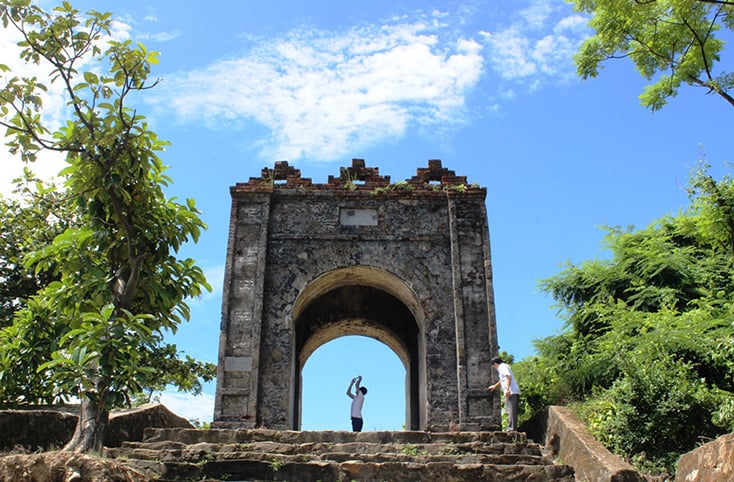 |
Hoanh Son Quan on the top of Ngang Pass - a pass with majestic scenery connecting Ha Tinh province with Quang Binh province on the national highway from North to South and vice versa.
Here, the Truong Son mountain range is like a sword stabbing out to the sea, creating a mountainous area with extremely charming landscape.
The pass is a section of National Highway 1A about 6.5km long, winding along the slopes of the mountain ranges, from Quang Dong commune (Quang Trach) gradually rising to the top and then pouring down to Ky Nam commune (Ky Anh, Ha Tinh). Now there is a road tunnel so the pass is only a tourist route.
Standing on the pass looking down to the east is the East Sea with Yen Island, Hon La Island in Quang Binh , Ha Tinh side are rocky cliffs jutting out to the coast creating smooth white sand beaches. Looming at the foot of the pass to the north, to the south are houses, streams winding, meandering beside rice fields, forests.
At the top of the pass, where there is a board dividing the border between Quang Binh and Ha Tinh provinces, we turned onto a small trail on the right side of the mountain for a while, then we visited and offered incense at the relic "Hoanh Son Quan" standing silently among the green pine hills.
According to historical records, this is the Hoanh Son Pass guarding the ancient north-south highway. Hoanh Son Gate is over 4 meters high, built in the 14th year of Minh Mang Dynasty (1833), and is still intact, along with two stone wall foundations running in two directions into the mountain and down to the sea.
Previously, the gate had 1,000 stone steps on each side to go up and down the mountainside. Now, the southern gate no longer has any stone steps (or only traces remain), the northern gate only has a few hundred steps left.
Amidst the gentle autumn breeze, standing on the top of Ngang Pass, looking at "Hoanh Son Quan", I was reminded of a time of war and fire between Dang Trong and Dang Ngoai.
On the relic's door, where the mossy stone steps..., it seems that somewhere there are still the footprints of the ancestors who once traveled north and south on the long road and also the literati who stopped by, leaving for posterity the prophetic verses and lyrical poems that weigh heavily on the footsteps of those who passed by.
From the top of Ngang Pass, looking to the west, the mountains stand tall like a green screen with thousands of clouds drifting in the vast sky.
Going down the southern slope of the pass about 400 meters, we saw a mountain range hundreds of meters high, blocking in front of us like a towering green wall.
The road to this pass seems to run straight into a wall, giving the traveler a strange feeling. About 600 meters from the foot of the pass is the temple of Princess Lieu Hanh, located in the relic and scenic complex of Ngang Pass.
The temple was built in 1557, then damaged a lot, recently restored to the original model. And also about 3 km from Deo Ngang is Vung Chua-Yen Island, the eternal resting place of legendary general Vo Nguyen Giap, which has become a sacred place, welcoming millions of people to offer incense and visit every year.
Promoting the potential of the relic and scenic spot of Ngang Pass
According to the tourism planning of Quang Binh until 2025, along with the World Natural Heritage Phong Nha-Ke Bang National Park, the north of the province is also planned as a tourist destination, mainly in the historical-scenic area of Deo Ngang Pass.
The strength of this destination is spiritual tourism with the tomb of General Vo Nguyen Giap and the temple of Princess Lieu Hanh. In addition, there are many small islands and beautiful beaches that are being invested in to become eco-tourism resorts and craft villages combined with community tourism.
According to Chairman of Truong Thinh Group Vo Minh Hoai, recently, Quang Binh province has approved the investment policy for the unit to build Vung Chua-Yen Island tourist area with a capital of more than 500 billion VND, on an area of 45 hectares.
The project is implemented with the goal of building an eco-tourism area, a sea resort combined with entertainment and yachting, meeting the needs of many types of tourists.
In particular, in addition to beach resorts, visiting Hoanh Son Quan, the temple relic of Princess Lieu Hanh, this place also serves guests to see coral reefs, ecosystems in Vung Chua sea, Hon La island, visit Yen island, Chim island.
According to many people in Quang Dong commune (Quang Trach), Chim island is only a few nautical miles from shore and is home to gray seagulls (also known as swallows).
The island is less than 1 square kilometer wide but is an ideal paradise for millions of grey seagulls, swiftlets, etc. to live. From Canh Duong estuary, it only takes two hours to reach Chim Island - one of the ideal tourist destinations for domestic and foreign visitors to Quang Binh.
Talking about the tourism potential of the area south of Ngang Pass, Director of Quang Binh Province Department of Tourism Ho An Phong excitedly mentioned Canh Duong beach village, which in the future will form a typical coastal cultural-tourism village of Quang Binh.
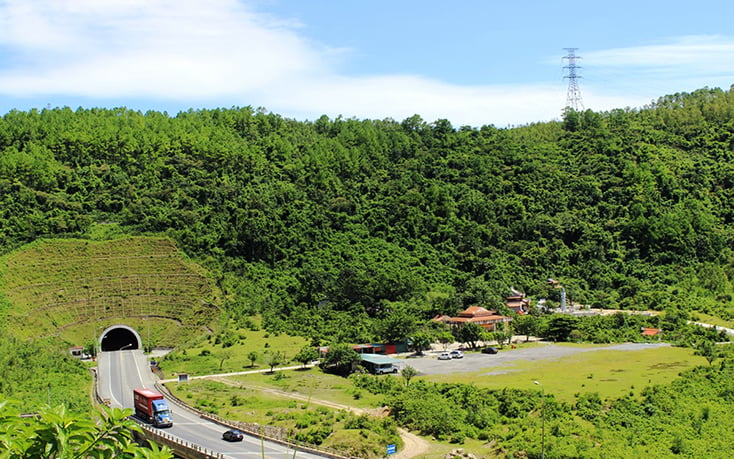 |
Ngang Pass Tunnel on National Highway 1A connecting Quang Binh and Ha Tinh provinces.
He said that with the potential and advantages of natural resources and the location close to the relic site, Ngang Pass scenic spot, Vung Chua-Yen Island tourist area, Canh Duong village has a rich cultural tradition with many unique customs created in nearly 375 years of formation and development of this land.
To turn Canh Duong into the first cultural-tourist coastal village of Quang Binh, the Department of Tourism coordinated with local authorities to implement the project of "fresco road" in this coastal village with unique murals and 3D paintings, "telling" the story of the formation and development process, heroic traditions in the resistance war and the simple beauty of the prosperous coastal village.
At the same time, the Department of Tourism is also coordinating with units to implement and call for investment in tourism and service projects to bring tourists quality tourism products and services, and different experiences in Canh Duong, such as: a space displaying the two largest and oldest whale skeletons in Vietnam in their original form, a basket boat park, a whale restaurant, etc.
Now, some households in this coastal village have invested in opening homestays to welcome tourists to stay and experience some marine activities, enjoy seafood specialties, and admire the rich landscape of this famous coastal village.
At the foot of Ngang Pass in the two provinces of Quang Binh and Ha Tinh, people's lives have changed a lot. Houses are solidly built close together, and their livelihoods are more secure.
Particularly south of the pass, the potential of the coastal strip of Guangdong-Canh Duong is gradually being awakened, helping people improve their lives significantly.
Among them, the establishment of Hon La Economic Zone with many factories, goods production enterprises and recently tourism projects being implemented will help that land rise up and change every day.
Source


![[Photo] Many young people patiently lined up under the hot sun to receive a special supplement from Nhan Dan Newspaper.](https://vphoto.vietnam.vn/thumb/1200x675/vietnam/resource/IMAGE/2025/5/18/6f19d322f9364f0ebb6fbfe9377842d3)

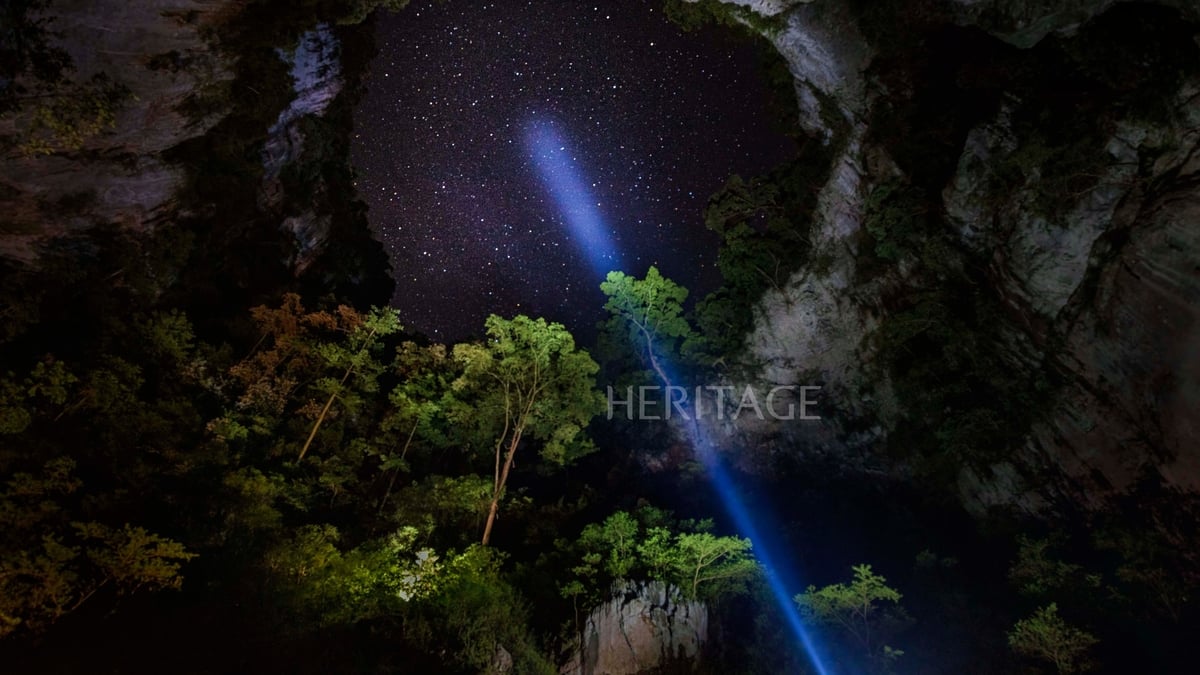

![[Photo] Ready for the top competitions of Vietnamese table tennis](https://vphoto.vietnam.vn/thumb/1200x675/vietnam/resource/IMAGE/2025/5/18/9c547c497c5a4ade8f98c8e7d44f5a41)
![[Photo] Party and State leaders attend the special art program "You are Ho Chi Minh"](https://vphoto.vietnam.vn/thumb/1200x675/vietnam/resource/IMAGE/2025/5/18/6895913f94fd4c51aa4564ab14c3f250)




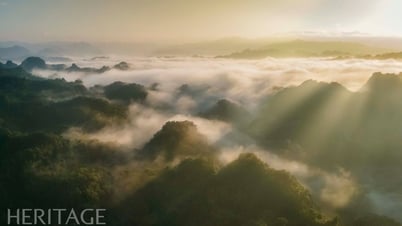

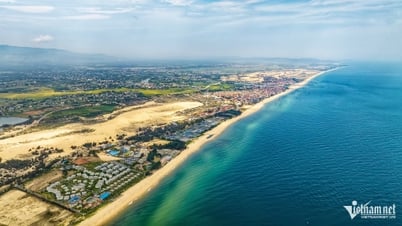

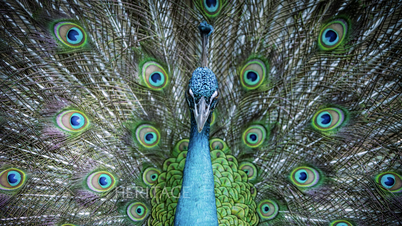
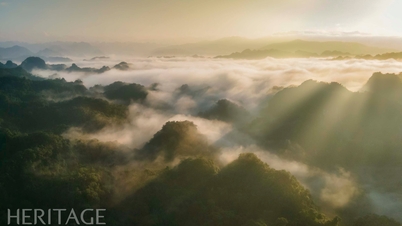




![[Photo] Walking on the royal poinciana flower road in the West](https://vphoto.vietnam.vn/thumb/402x226/vietnam/resource/IMAGE/2025/5/18/f9335355d0744d1593f7e36bc4c7f4b7)








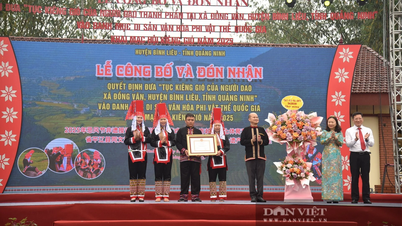
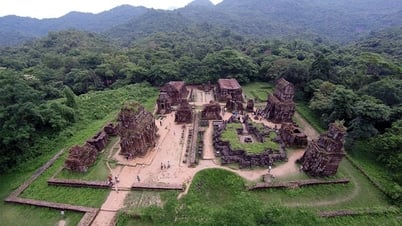
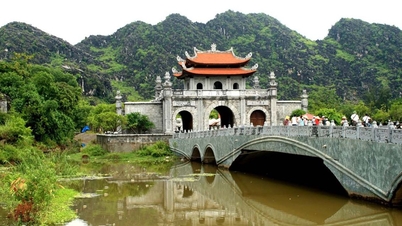
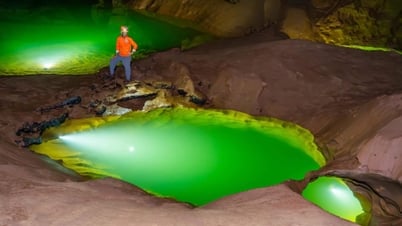


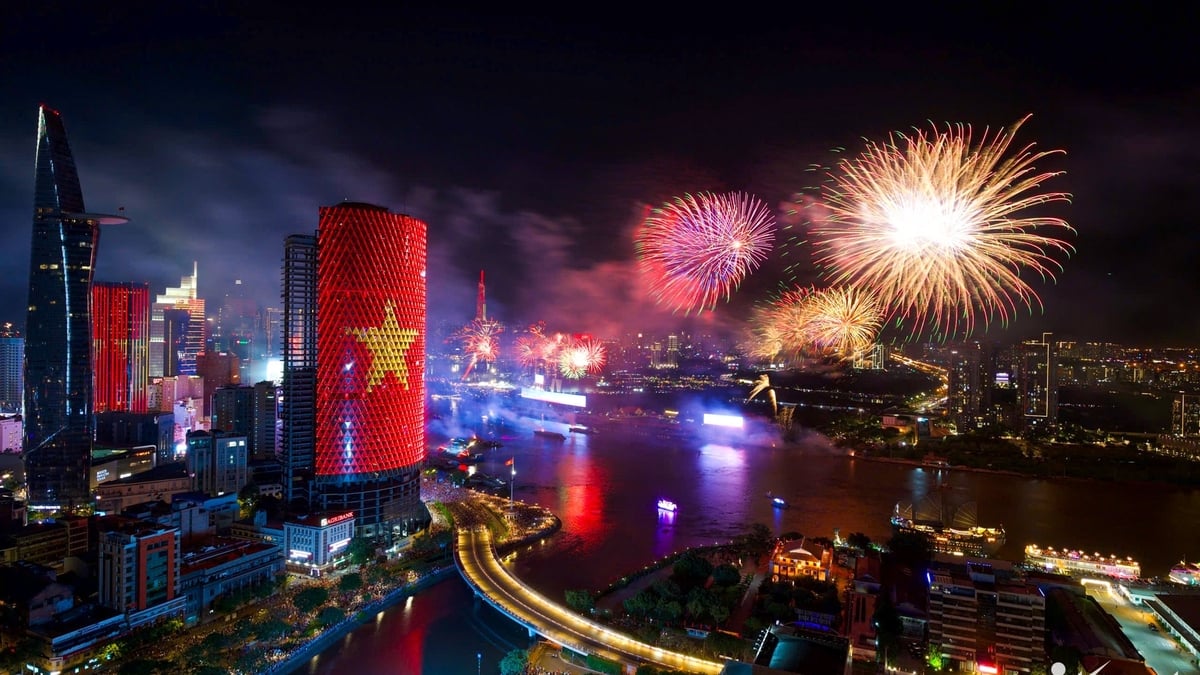






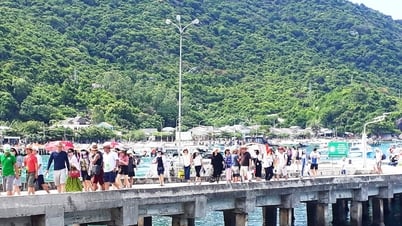

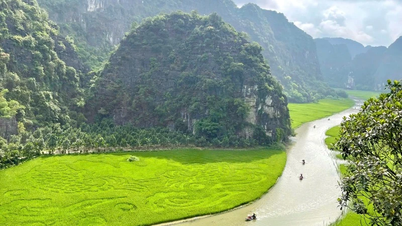






















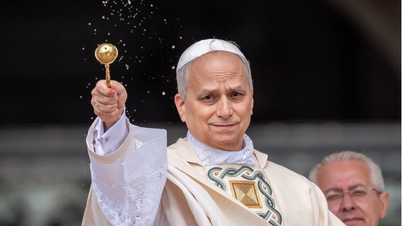


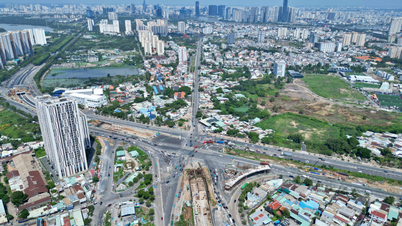







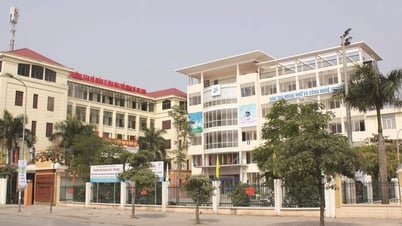

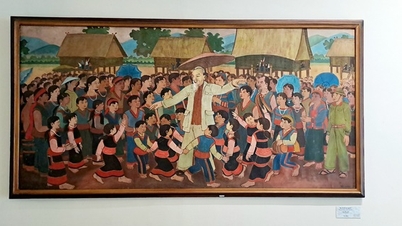






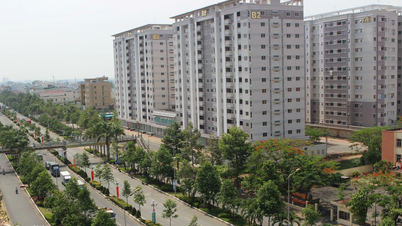












Comment (0)